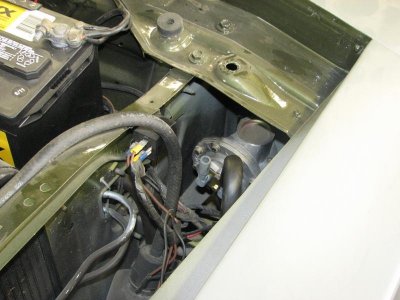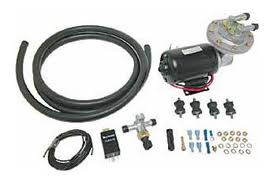eagleone1983
Well-Known Member
So here is what I've got. New engine just broke it in a week ago. It's a 383 with the comp cams xe275HL (duration 275/287, lift .525). I'm just learning about engines so I'm not sure what my vacuum should be but I'm only reading about 7.5 -8" and the needle is not steady. I have timing set a 18* initial. Did a compression test and that passed. I don't notice anything when driving down the road crazy with the engine, I figure my timing should be good but I guess I could try a little more advance.
Also the little amount of vacuum is causing me to not have power brakes. I don't know what other info I need to help you guys help me. If I had a vacuum leak somewhere say at the common intake lower corners would it be obvious?
Also the little amount of vacuum is causing me to not have power brakes. I don't know what other info I need to help you guys help me. If I had a vacuum leak somewhere say at the common intake lower corners would it be obvious?


















